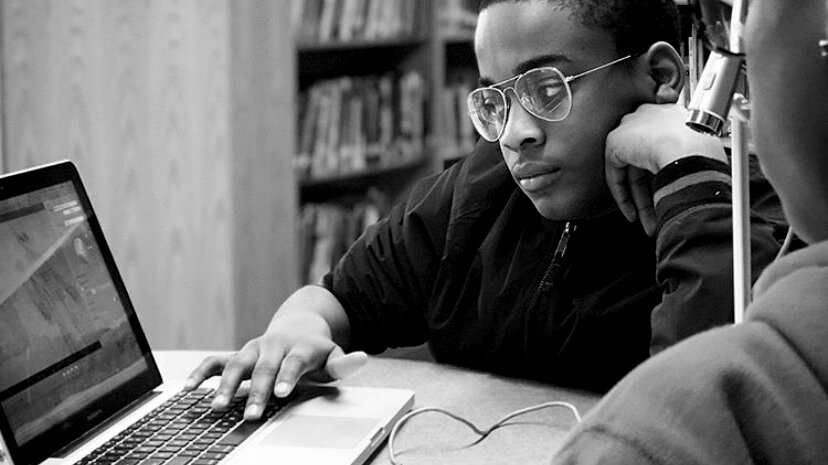“If we start to rethink the use of technology in educational settings from the perspective of content and values, I believe that we will achieve milestones and goals with greater success.”
During these unprecedented times we are consuming tons of information in articles and webinars debating how we can use technology while approaching educational issues. The problem is that most of those debates focus on the use of technology (medium) instead of considering the best approaches to create engaging content and practices with students through the use of technology. We should start with the content and think of technology as the delivery mechanism. In other words, the content should dictate how the technology is used and not the other way around; technology is not an objective in and of itself. It may seem obvious, but in a society driven by technology it is something easily forgotten.
To demonstrate the point, in 2018 I was hired by the Museum of the Moving Image in New York City to develop stop motion animation workshops for middle school students. This program reaches more than 300 students in 10 Public Schools around the Queens Borough, annually. When I was hired, the workshop had existed for at least 5 years. I was told to teach Stop Motion Animation techniques and that the requirement was to use technology. But the problem is that middle school students do not have to learn how to use technology because it is important to them, or because the company providing the technology for the workshops matters more than the content that students should learn, or even because by animating, students will learn and understand that film is, after all, 24 frames per second. They have to learn how to best use a tool that will help them to communicate an idea. By way of explanation, students have to reflect and build a perception around a theme to then create and publish a story by applying the learned techniques assisted by the technology. The result will position them in front of an audience that will give feedback; that is how the learning process works and not the other way around.
What Do Students Have to Learn?
Following the example at the museum, the first thing that I did was to select a theme sufficiently engaging for students and educational at the same time. Based on my experience working for Save the Children in Spain, I took the ‘United Nations Convention on the Rights of the Child’ as a theme for students to learn stop motion animation techniques, providing a clear and strong motivation for them to create their stories. At the end of the course students had notably increased their awareness about their Rights, improved their vocabulary and utilized their critical thinking skills. Did they learn about their Rights or did they learn about stop motion animation techniques? They learned both. Indeed, they learned how to use technology to better express their thoughts about the core values that affect them daily.
What Can We Take Away From this Experience?
This experience may sound like a straightforward story, but after 15 years using technology to educate people, I found that content and values are not that easy to understand in many educational environments while using technology. And the reason is always the same: the lack of clarity about the precise role and importance that technology should have in educational settings.
When Facebook or Instagram launch a new feature we quickly learn how to use it by sharing the content about which we care most. Even if we learn how to put an emoji or a gif over an image, we are still making decisions about what is the best way to share and engage with people through content, not the emoji or the gif itself. If we start to rethink the use of technology in educational settings from the perspective of content and values, I believe that we will achieve milestones and goals with greater success.
I would like to finish this article by sharing the short documentary “An Animated Experience” that I created during the workshops with the students at the P.S. 111 Jacob Blackwell Community School. I want to give special thanks to Educator Gabriella Miyares, Principal Dionne A. Jaggon and Director Claudia Esteva for their support during the course.
This article was first published on LinkedIn by Pablo Herrera on May 21, 2020.

